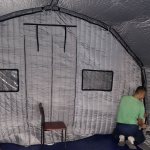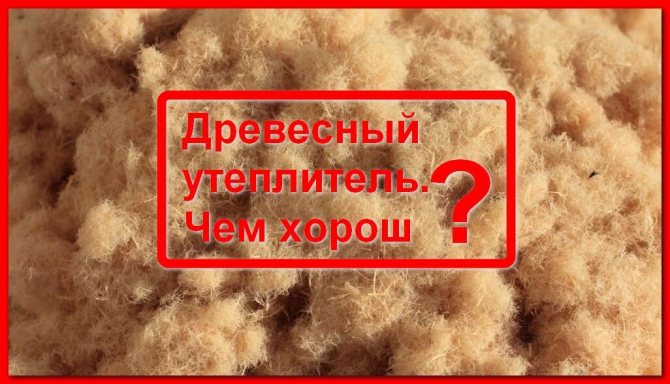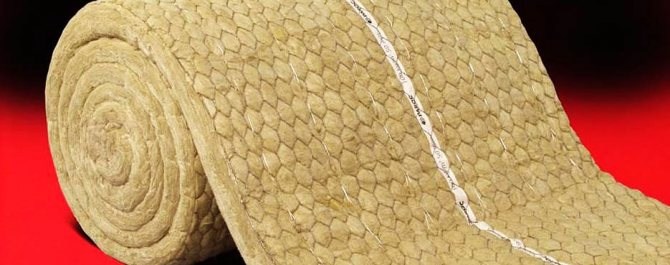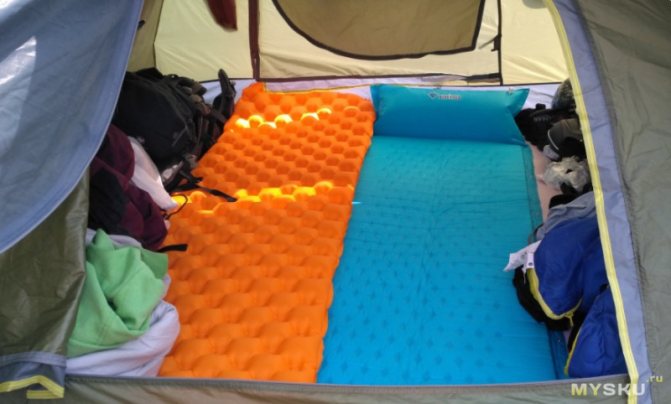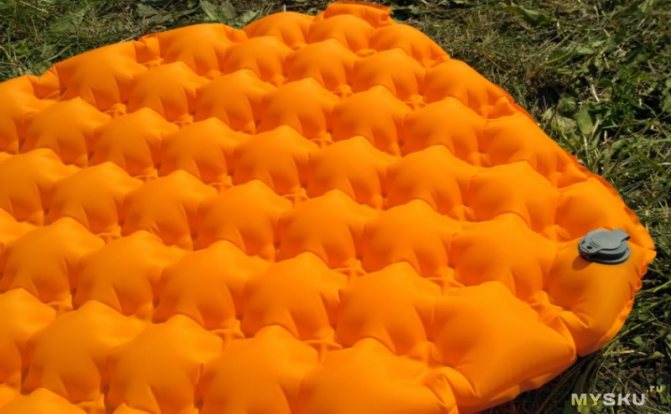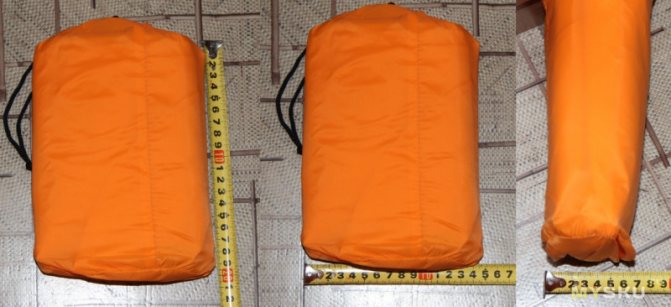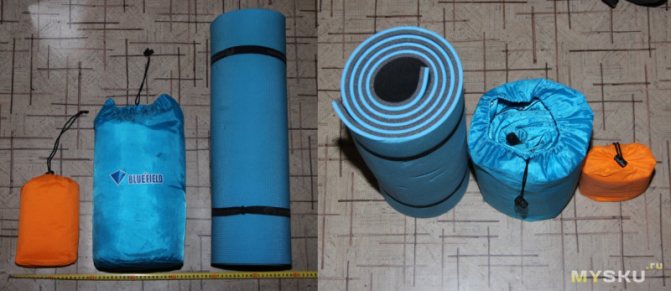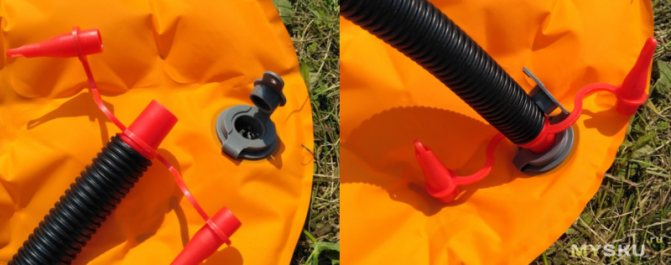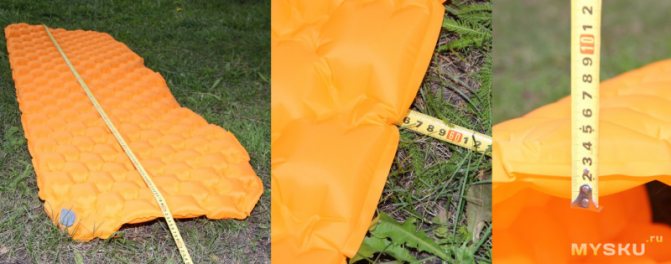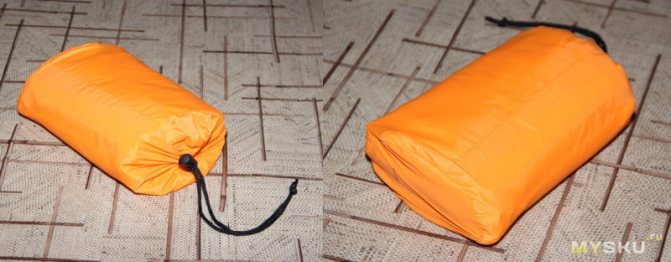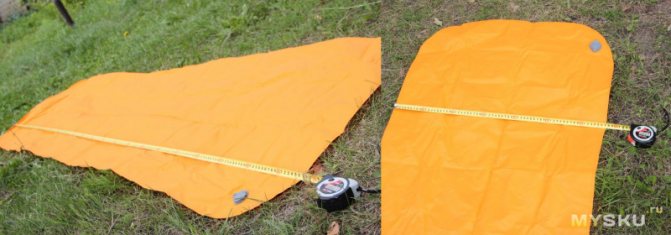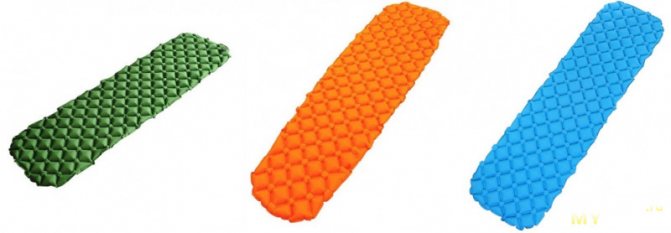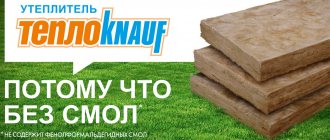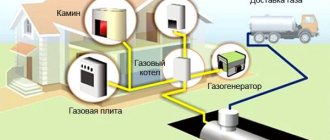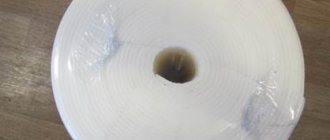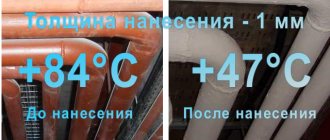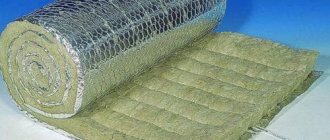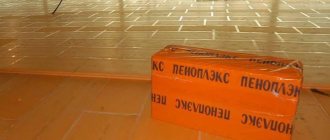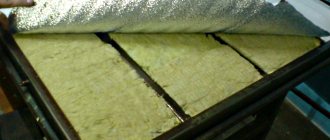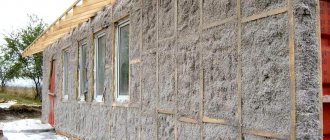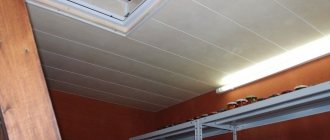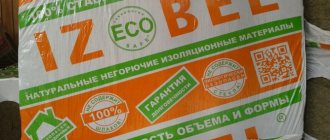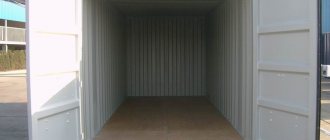TimeTrial pneumatic frame tents are equipment suitable for use in extreme conditions.
Modern materials and technologies used by our company make pneumatic tents not only reliable companions in hiking trips, but also irreplaceable assistants in geological and polar expeditions, in organizing temporary accommodation camps in emergency situations. This is largely possible due to the use of modern insulation.
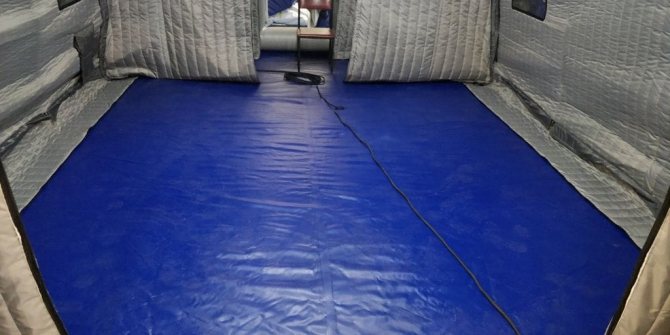
Features of insulation for tents TimeTrial
The material used is essentially a heat insulator. It consists of foil and porous layers located between layers of protective fabric. The composition provides the isothermal properties of the insulation, which creates the so-called. "Thermos effect". The internal temperature of the tent remains for a long time, the air inside the control panel heats up for a long time in the heat or slowly cools down in the cold.
In addition to such an important quality as a high degree of thermal insulation, the material is lightweight, compact during storage and transportation, does not create conditions for the multiplication of microorganisms - molds, which is especially important when it is used in mobile pneumo-frame hospitals and operating rooms.
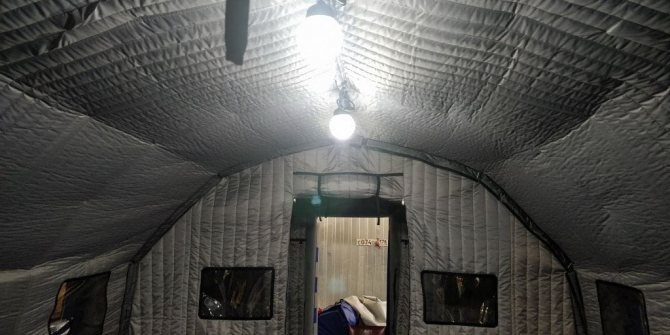

The cheapest insulation for walls and roofs
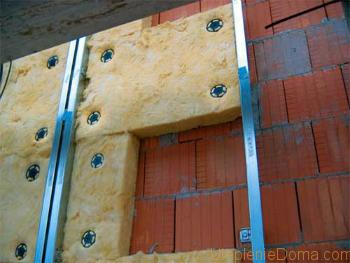

Mineral wool can be used to insulate walls made of any material.
Mineral wool is suitable for all vertical surfaces, roofs and walls of frame houses. There are several types of it, only two are used in civil engineering: stone and glass wool. In addition, there are even cheaper insulation materials for the walls of a frame house, for example, straw. Straw houses migrated to us from the USA, like many others.
The installation of mineral wool can be carried out in several ways, the final cost of the heat-insulating cake depends on it. So, there are techniques:
- wet facade;
- ventilated facade.
According to the rules, it is impossible to insulate from the inside, only from the outside. To calculate how much inexpensive wall insulation costs, consider each technique separately.
For a wet facade, you need basalt wool with a density of at least 45 kg / m. cube, plaster, fiberglass mesh, fungus dowels, universal construction adhesive, primer and paint. Now we will translate everything into a monetary equivalent for 1 sq. M:
- basalt wool 140 rubles;
- plaster 120 rubles;
- dowels with a mesh about 25 rubles;
- universal glue 40 rubles;
- primer and paint 90 rubles.
In total, a cheap insulation for a house will cost 415 rubles per 1 sq. M. When installed according to the method of a wet facade. Now let's calculate how much the ventilated facade will cost. For work, you only need insulation, lathing, wind protection and decoration.
If you decorate the house with vinyl siding, then the approximate cost of 1 square meter of heat-insulating cake with mineral wool will be 450 rubles.
Mineral wool is also the cheapest roof insulation. In addition to the wool itself, the cost of the heat-insulating cake includes the price of a vapor barrier and a diffusion membrane. High-quality films from a trusted manufacturer cost 17 rubles per square meter. The total cost of roof insulation will be about 180 rubles per 1 sq. M. We can summarize what is the cheapest insulation for walls and roofs. Without a doubt, it is mineral wool.
Manufacturing of insulation for a tent according to individual parameters
You can buy insulation for a tent from us when ordering a pneumatic tent or regardless of its purchase.We can make it for pneumo-frame or awning tents from other manufacturers. For ease of use, the product is equipped with:
- sewn-in straps for fastening to the frame with slings;
- holes for windows, doors, ventilation and technical openings;
- transparent TPU film at the location of the windows;
- pockets for wires around the perimeter of the floor.
The insulation will exactly match the dimensions of your tent. You can also complement it with an insulated removable floor, which consists of two layers of wear-resistant tarpaulin with foam sewn into them.
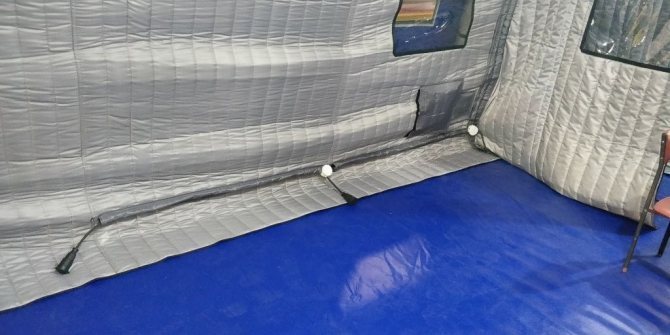

Ecowool
Ecowool is a lightweight and loose insulation material.
Structure
For its manufacture, waste and residues of the paper and cardboard industry are used:
- defect in the production of raw cardboard;
- paper and cardboard left over from the production of corrugated packaging;
- marriage that occurs when printing publications;
- paper and newspaper waste paper.
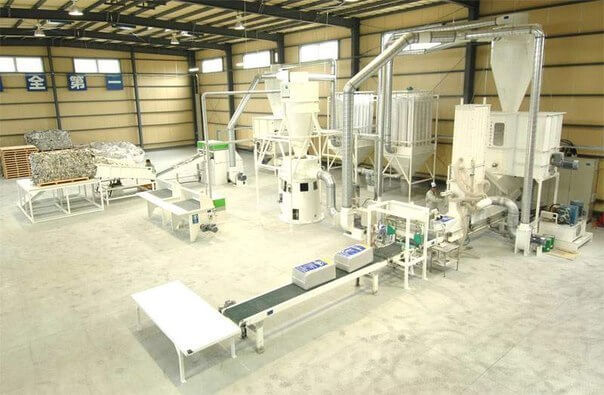

Ecowool production process from waste paper at the plant
If we consider the percentage of ecowool, it looks like this:
- 80% - recycled cellulose;
- 12% - an antiseptic in the form of boric acid, the main function of which is to protect the material from the development and action of fungal microorganisms with bacteria;
- 8% is a strong fire retardant with insecticidal properties (most often sodium tetraborate, borax, borax), it reduces the level of flammability and combustibility.
Main technical characteristics:
- Thermal conductivity coefficient - 0.032-0.041 W / mS. Ecowool is a good heat insulator with a capillary structure that can hold air. Such an air gap retains heat excellently.
- Any cracks, seams and holes are completely filled with material.
- Water vapor permeability - up to 0.3 mg / mchPa.
- High sound insulation properties, a layer of only 15 mm absorbs up to 9 dB.
- Due to the use of paper raw materials, the insulation is environmentally friendly.
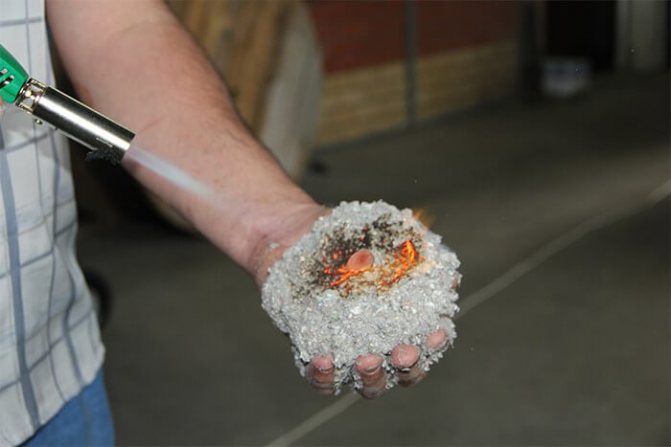

Ecowool flammability
- Flammability - class TG (hardly combustible material).
- Increased fire safety due to flame retardants in the composition.
- The insulation is able to breathe like a bar or a log, since cellulose fibers are made from wood.
The cost
Price for 1 kg of ecowool - from 28 rubles. Produced and sold in briquettes.
Laying rules
Ecowool is laid in three ways:
- Dry. The material is fed through a special hose, and the master gradually fills the recesses with it.
- Wet. In this method, water is added to the starting material, and when it dries, a denser layer is formed.
- Kleeva. Due to the excellent adhesion to the surface, a durable layer is obtained that does not require further outer skin.
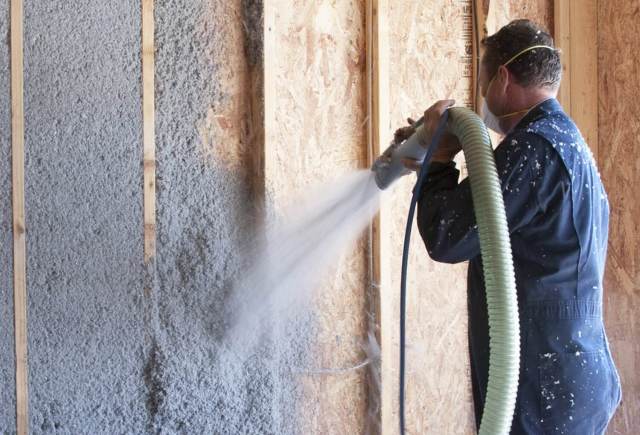

Ecowool installation
Application area
The use of ecowool as an insulating material is quite wide - in private and multi-storey buildings, educational, shopping, entertainment, sports and recreation and industrial institutions, in public catering establishments.
The dry method of laying is used for internal roof slopes, ceilings, walls, floors, attics in country cottages.
The wet method is used when it is planned to sheathe the insulated wall in the future.
The adhesive method is used for metal and reinforced concrete structures (wall surfaces and hangar ceilings).
Advantages and disadvantages
The positive and negative qualities of the materials under consideration are given in the form of tables. With their help, it will be clear and understandable what is still better to use: ecowool or basalt insulation.
| Benefits | disadvantages |
| Good thermal insulation properties. | Over time, thermal conductivity increases, thermal insulation properties decrease. |
| Has a high level of sound insulation. | During operation, there is a significant decrease in material in volume (ecowool loses up to 20% of the initial mass). |
| Warming a room requires a little material (for 1 m3 from 28 to 65 kg). | It is recommended to lay ecowool with a margin of 20-25%. |
| Free of toxic and poisonous substances that can cause allergies or skin diseases in humans. | It absorbs a lot of moisture (from 9 to 15%), high humidity leads to an increase in thermal conductivity. |
| It is easy to install in difficult places. | The thermal insulation layer must be ventilated. |
| High quality is perfectly combined with cost. | Ecowool installation is carried out using special equipment (pneumatic inflatable device). This can only be done by highly professional specialists with extensive experience. |
| It well protects a person from harmful substances that emit foam, fiberglass, asbestos. | With a wet method of installation, ecowool dries for a long time (it will take from 48 to 72 hours), which creates certain inconveniences, especially if it is necessary to complete the work as quickly as possible. However, this method is of higher quality than dry installation, it provides excellent thermal and acoustic insulation of the building. |
| Long service life. | Not suitable for independent frameless insulation of a floor screed due to its low rigidity. |
| Ecowool adheres well to any materials. | It is not recommended to use ecowool near fireplaces, sources of open fire, chimneys. From high temperatures, it will gradually smolder or require additional protection in the form of a fire-resistant mat with a foil surface or asbestos-cement boards. |
Purpose of insulation for tents
Heat-insulating insulation is designed for operation at an external temperature of -60 to + 60 ° C. It can be recommended for purchase to organizations conducting field work, expedition organizers. The material was tested in real conditions, and today it is actively used in Arctic expeditions, in desert conditions, in rescue modules of the Ministry of Emergencies.
In addition to providing survival conditions for people in extreme situations, tent insulation can create additional comfort when hiking, fishing or hunting. With it, you can spend the night outdoors without fear for the health of children. You can buy insulation for a tent from any region - we will remotely coordinate the parameters and deliver your purchase with a convenient transport company!
How to choose an inexpensive insulation
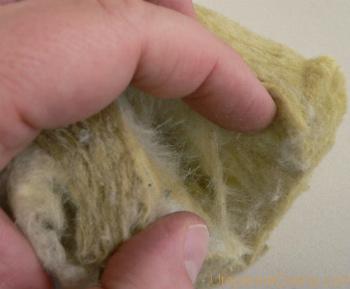

Mineral wool is the cheapest.
When the task is to choose the cheapest insulation, then you need to take into account not only the cost of the insulation itself, but also additional work and materials. This is the only way to deduce the real price of the thermal insulation cake. The characteristics of the material and its intended purpose are important. For example, not every thermal insulation can be laid under a screed, or used to insulate the basement floor, since in the future the material will be covered with earth.
Key characteristics of insulation:
- lambda - coefficient of thermal conductivity (the lower it is, the better);
- the degree of moisture absorption - measured as a percentage per day;
- steam permeability - measured in mg / m hour Pa;
- density - the weight of the material in one cubic meter, denoted as kg / m. cub.
When choosing insulation, you need to know exactly where you are going to use it. Based on this, you need to focus on this or that indicator.
The cheapest home heating is gas. If there is no gas, then pyrolysis solid fuel boilers are in second place.
Read about the best way to heat a country house here.
Types of pneumo-frame structures:
Sealed - do not require constant pumping of air, differ in the independence of the structural elements from each other, which allows you not to be afraid for the integrity of the entire tent in case of damage to some part. The seams are welded to ensure tensile strength and tightness.The air inside is maintained with a compressor, which must be connected every 1-2 days for 20-30 minutes.
Awning - an awning is stretched onto the pneumatic frame, forming an awning structure with increased protection against water, sun and wind. The awning makes the structure heavier and allows you to change the design.
Inflatable - the form is maintained by a constant supply of air from the blower, which is connected to the network. The safety of the structure against bursting is guaranteed by the fact that in case of any damage, air is instantly distributed over the entire surface.
Air-supported - frameless type of inflatable tents. They are made from one or two layers of airtight, stable membrane. Due to the absence of ties and ribs, they have an arbitrary shape, which is maintained by constant pressure inside a rigid material (usually PVC - it gives stability to the structure) by means of air injection. Static pressure gives a load-bearing force, which provides stability, being a support. The surface of such tents is smooth, and the entrances are equipped in the form of sluices to avoid pressure loss. Require tightness when attached to the foundation.
Foam insulation
Using the specified material for thermal insulation of the outer walls of the building, the thickness should be observed, since not observing this rule is fraught with freezing of the walls and blowing. And for really high-quality insulation, foam plastic with a thickness of 50 mm, or even 100 mm, is suitable.
As practice shows, most often 50 mm thick foam is used for insulation, this is quite enough in our climatic zone, provided that the walls of the building do not face the north side.
In the second case, in order to insulate the walls of the house, you will have to resort to 100 mm thick foam.
The foam also has negative qualities:
- Weak material strength. No plaster will give the material strong strength, so it can be easily damaged by mechanical stress;
- Despite its simplicity, the technology of home insulation using foam plastic has many nuances. For example, non-compliance with the breakdown of the seams is fraught with the fact that in a week, numerous cracks will appear on the walls. A similar situation can occur at the corners of a building.
In addition to this, there are other disadvantages of this material, but still it has much more advantages and this makes it very popular.
An article on liquid foam insulation can be found here:
Calculation of the thickness of the insulation
Before starting work on insulation, the first thing to do is to familiarize yourself with the technology of using foam. And, first of all, it is necessary to make calculations for the thickness and specific gravity of the material. This will help you choose the warmest option.
In thickness, it must correspond to the design dew point, in practice this figure is at least 70 mm, this is necessary so that even in the most severe frosts the foam adhesive on which it is glued does not thaw and the foam does not fall off the wall.
True, insulation is carried out with 4 and 5 cm sheets, which is permissible in our latitudes.
Preparatory stage
First of all, all materials that can interfere with the walls are removed from the walls: crumbling plaster, peeling paint, etc.
Optimally, if the house is old, before cleaning the walls in parts, it is better to strip them to the ground. After that, we clean the walls from small crumbling particles. Or wash the walls outside with plain water using a mini sink, but if it is not there, you can use a regular hose.
After drying, the walls must be thoroughly covered with a regular primer.
The beginning of the insulation process
The density of the materials used must be at least 25 in accordance with GOST, which means that 1 m2 of material will weigh 15-25 kg. For reliable fastening of the material to the wall, you should use special glue and special "umbrellas" - plastic dowels with wide caps.
These works are very similar to the laying of tiles, since glue is also prepared here, the adhesive composition is smeared in the same way and also leveled itself. The differences here are only in the dimensions and technology of maintaining the seams.
However, foam insulation is inexpensive, and tiling can vary in price.
It is imperative to break the joints when gluing the foam, because otherwise the plaster on top of the foam may simply crack. When gluing plates, regardless of floor or wall insulation, close attention is focused on both the outer and inner corners.
In order to prevent vertical cracks from appearing at the corners, individual slabs of material are bandaged according to the principle of laying bricks. The main task here is to maintain a flat plane.
Subtleties of insulation
Although foam insulation is inexpensive and much cheaper than insulation with other materials, it requires adherence to many small details, the failure of which can lead to dire consequences.
It is necessary to dwell on the insulation of slopes, since cracking occurs most often here.
So, from the side of the window, under the foam plastic, a reinforcing mesh should be laid, which should look out from under it by 20 cm. Further, it is bent over the slope and used as a reinforcement. After the foam has been glued, it should dry for at least a day.
After it dries, the installation of "umbrellas" is carried out, holes are drilled and "umbrellas" are inserted, and plastic nails are hammered into their middle. The procedure is carried out at the rate of five nails for one sheet of foam, one in each corner and one in the middle of the sheet.
Foam reinforcement
After hammering in nails, a cheap method of thermal insulation, which you can do yourself, implies reinforcement.
Excess glue is removed with a wide spatula. The mesh is glued only with a special glue for reinforcement. Also, insulation with foam means that it is necessary to glue the reinforcing mesh with an overlap, because if it is glued end-to-end, cracks will appear after the glue dries.
Insulation of slopes
It should be noted that expanded polystyrene is used both for walls and for insulating slopes. The fact is that for window openings, a certain not good specificity is characteristic.
Even if the reinforcement was done correctly, after a while cracks appear in the upper and lower corners of the opening. Only double reinforcement will help to fix this quickly, of course, the price will be slightly higher, however, the thermal insulation of the walls will be better and the slopes will be more durable. For this, strips of reinforcing mesh are glued diagonally at all corners of the window opening.
Installation instructions for blown wood fiber insulation
The insulation material must be fluffed before being applied to the surface (it was placed in the package in a compacted state). You can bring the cotton wool to the density required for work with a garden vacuum cleaner by placing the insulation in a closed chamber. The vacuum cleaner is also used to blow out surfaces. When insulating them, you need to monitor the uniform distribution of the heat insulator. Working with wood wool should be in respiratory and eye protection.
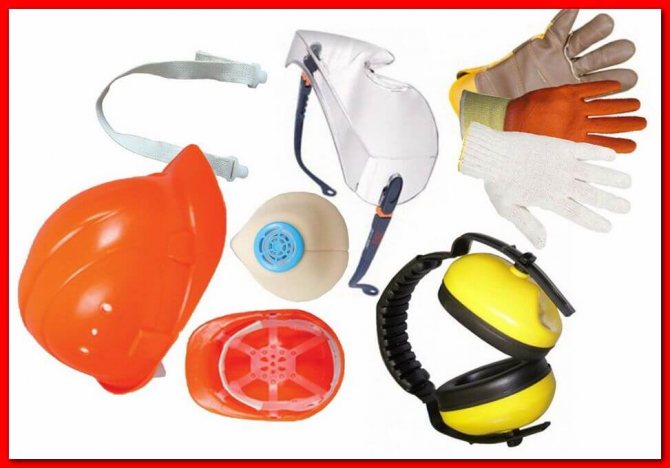

Surface preparation for installing wood wool
Before blowing out the insulation, the gaps on the walls, ceilings, etc. to be treated, must be sealed with foam or sealant. After removing any irregularities, the surfaces should be cleaned and degreased.
Applying a primer to them will improve the contact of the heat insulator with the processed plane.
The adhesion of the insulation to the surface will be more reliable if it is equipped with a crate made of bars or a profile.It is even better to veneer the frame with sheet material in order to then blow the cotton wool into the resulting cavities.
Inflatable winter tents
Inflatable tents can be used at any time of the year with a temperature range from -40 to +60. Indoor equipment may include refrigeration air conditioners or heaters. It is not recommended to use when the wind force is more than 12 m / s.
Operation of winter models includes mandatory heating of the interior space. The material and air gap of inflatable tents provide thermal insulation properties, retaining heat inside, preventing the formation of an ice crust and snow on the surface.
| Winter tent VODUH-GROUP, (Russia) | Winter inflatable tent PNEUMOSIBIR 2 X 2 M, (Russia, Novosibirsk) | ||
| The form | Rectangle | Square | |
| Frame | Pneumocarcass | Pneumocarcass | |
| Size (L / W / H) | On order, from 4/4 m | 2.2 / 2.2 / 1.6 m | |
| the cloth | Oxford with PU (polyurethane) or reinforced PVC (polyvinyl chloride) coating (in case of winter version) with a density of 630-950 m2 | Frame - PVC with a density of 640 g / sq.m The outer awning is a high-strength polyester Oxford 600 fabric with a water-repellent coating. Thread strength 8.525 gr. The inner awning is made of a 5-layer light-colored insulation. Bottom - PVC with a density of 300-450 g / m2, hermetically sewn to the outer awning. | |
| Color | To choose | To choose | |
| Price | From 2200-3500 rubles / sq.m of covered area | Rent - from 20,000 rubles | |
| The configuration of the model is done entirely according to the needs of the customer. The frame can be airtight or permanently blown; covered with an awning of the selected material with a thickness of 1 to 5 layers in accordance with the season and the conditions in which it will be used. | The frame is equipped with an inflation valve in the amount of 1 pc. and a car valve in a quantity of 1 pc. Sewing of the awning is carried out with polyester threads treated with a special compound that provides antiwear properties. | ||
| On the outer awning there is a polyamide cord with a core, d-5 mm for stretching, to increase the resistance to wind loads. The connection of the insulation layers of the inner awning is carried out using ultrasonic welding, consisting of two layers of lining, duplicated with non-woven material using a hollow highly crimped polyester siliconized fiber in 2 layers, with a density of 100 g / m2, providing a heat-ventilating effect, with the addition of a layer of metallized mylar film , creating an isothermal effect, is attached to the module frame using a 20 mm wide belt and 2 half rings. | |||
| Wind load - up to 15m / s Snow load - up to 10 kg / m² | |||
Disadvantages of blown wood fiber insulation
The main disadvantage of a heat insulator made from wood-fiber raw materials is high price... This applies to all building materials declared as environmentally friendly products.
High-quality insulation with blown wool can only be done by experienced craftsmen with special equipment, therefore, the cost of work, in comparison with other methods of thermal insulation, is higher.
Even an insulation impregnated with a fire retardant can burn, although this process is slower than burning untreated wood.
Due to its lower density, blown-in thermal insulation is less fireproof than board material.

